 Image 1 of 3
Image 1 of 3

 Image 2 of 3
Image 2 of 3

 Image 3 of 3
Image 3 of 3




Hellebore Vase
A stylized white hellebore blooms against a brilliant blue background on this asymmetrical vase. For additional contrast, a large portion of bare clay was incorporated into the design.
Top Diameter: 1-1/8”
Length: 5”
Width: 2-1/4”
Height: 6-1/4”
Hellebore is also known as the Christmas rose as it starts to bloom in late winter. Native to Europe and Asia, it’s been hybridized into many varieties that are not invasive to North American gardens. Bees, hummingbirds and other pollinators are attracted to hellebore. As temperatures continue to rise, the timing of their blooming may become increasingly important as they’ll be able to provide nectar to early hatching insects.
A stylized white hellebore blooms against a brilliant blue background on this asymmetrical vase. For additional contrast, a large portion of bare clay was incorporated into the design.
Top Diameter: 1-1/8”
Length: 5”
Width: 2-1/4”
Height: 6-1/4”
Hellebore is also known as the Christmas rose as it starts to bloom in late winter. Native to Europe and Asia, it’s been hybridized into many varieties that are not invasive to North American gardens. Bees, hummingbirds and other pollinators are attracted to hellebore. As temperatures continue to rise, the timing of their blooming may become increasingly important as they’ll be able to provide nectar to early hatching insects.
A stylized white hellebore blooms against a brilliant blue background on this asymmetrical vase. For additional contrast, a large portion of bare clay was incorporated into the design.
Top Diameter: 1-1/8”
Length: 5”
Width: 2-1/4”
Height: 6-1/4”
Hellebore is also known as the Christmas rose as it starts to bloom in late winter. Native to Europe and Asia, it’s been hybridized into many varieties that are not invasive to North American gardens. Bees, hummingbirds and other pollinators are attracted to hellebore. As temperatures continue to rise, the timing of their blooming may become increasingly important as they’ll be able to provide nectar to early hatching insects.
